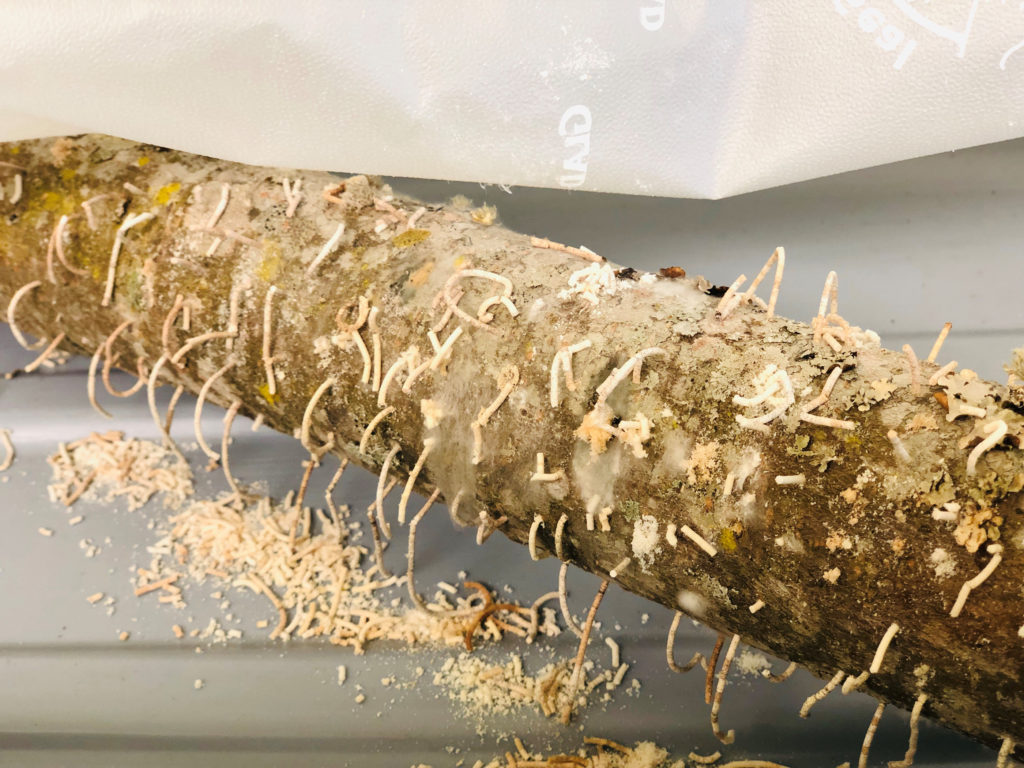By Clint Thompson
Southeast pecan producers need to protect their crop against ambrosia beetles, which are active right now.

According to the University of Georgia (UGA) Extension pecan blog, growers who have had problems with the pest in the past or who have newly planted trees need to apply sprays of a pyrethroid like Bifenthrin.
“Due to the number of beetles captured inside trunk protectors, make sure to remove the protectors before spraying or spray down into the tube, being sure to coat the trunk as best you can,” said Andrew Sawyer, Andrew Sawyer, UGA Extension area pecan agent.
Those trees that are most susceptible to damage include newly planted trees through age 3 and trees that are closest to wooded areas.
It is important that producers establish traps in their orchards to obtain an accurate number of populations. Growers can scout for small holes or ‘toothpicks’ in their trees. Careful monitoring should be done through May. This species of ambrosia beetle is not active in the summer.
Follow these steps to easily assemble a trap:
- Get a piece of wood that is approximately 3 feet long with a 3- to 4-inch diameter. Using an 11/16-inch drill bit, drill a 4- to 6-inch deep hole into one end, without going all the way through the piece of wood.
- Pour ethanol into the hole. Grain or denatured alcohol also works. Use a wine cork as a stopper.
- Drill an eye hook into the wood so that you can hang it above the ground.
- Deploy traps along the boundaries that separate orchards from wooded areas.
One ounce of a pyrethroid in 10 gallons of water provides sufficient management. Farmers need to spray between 10 days and two weeks if beetle activity is confirmed. If there is a rain event following an application, the insecticide is no longer active.










